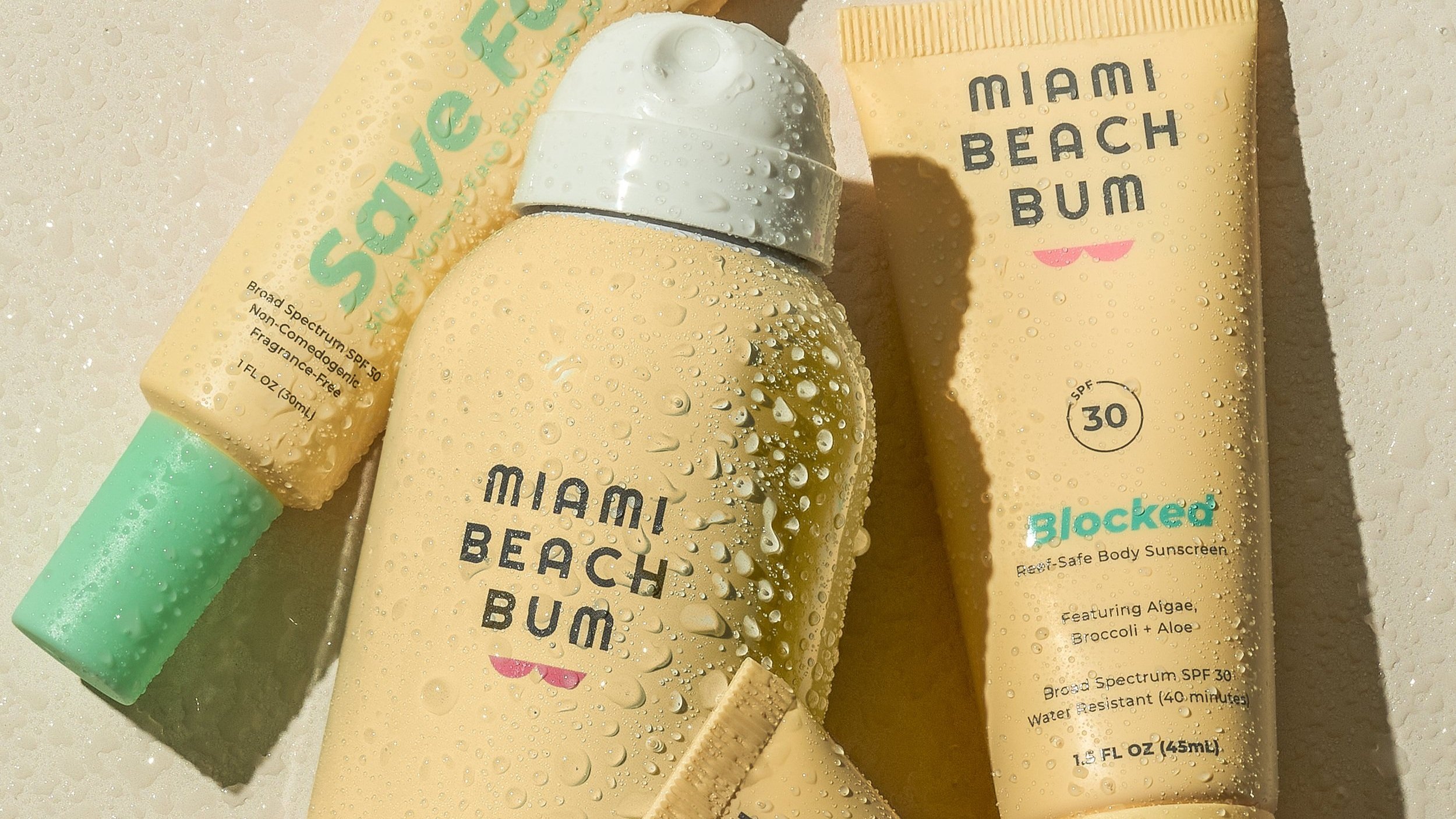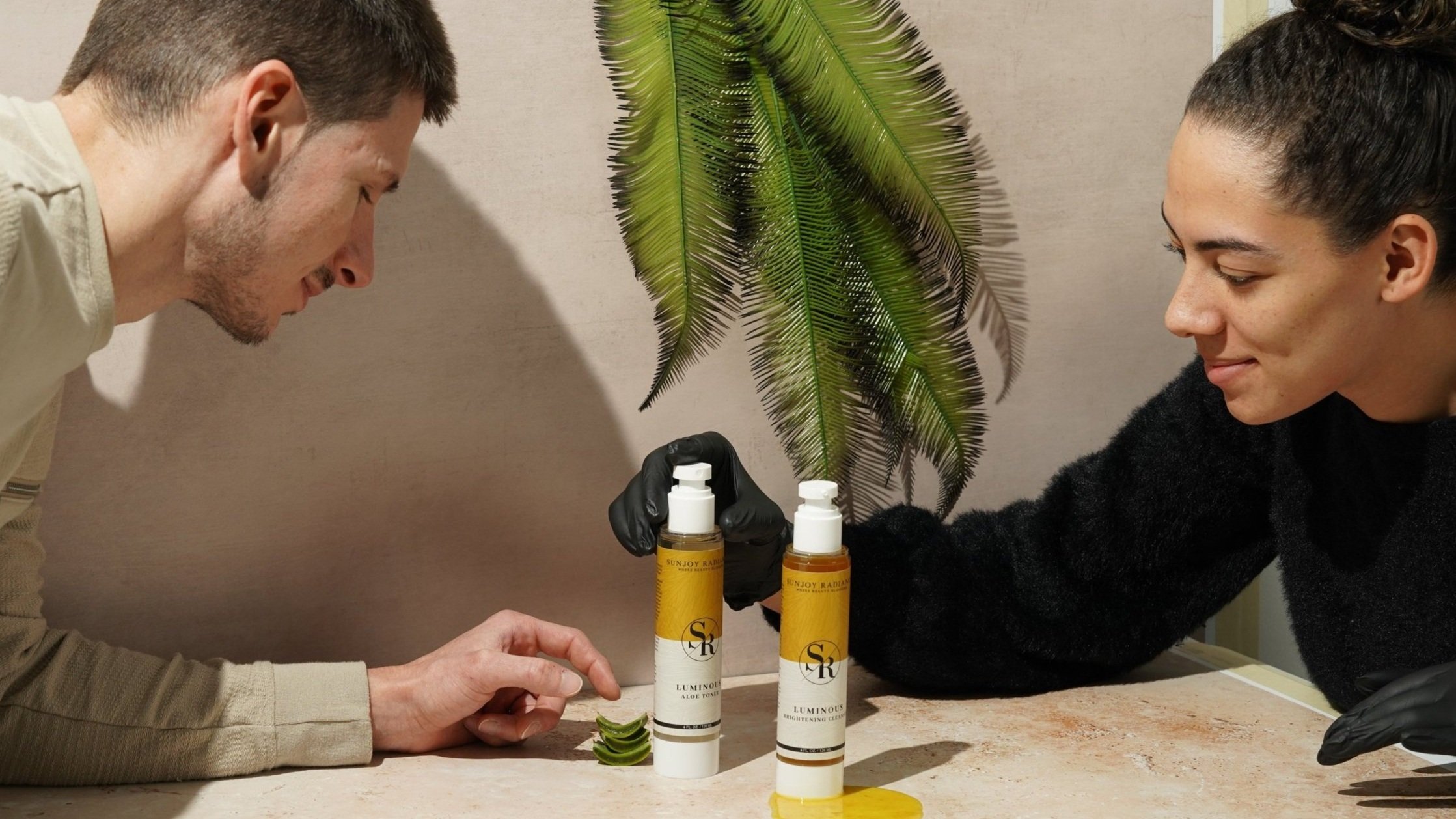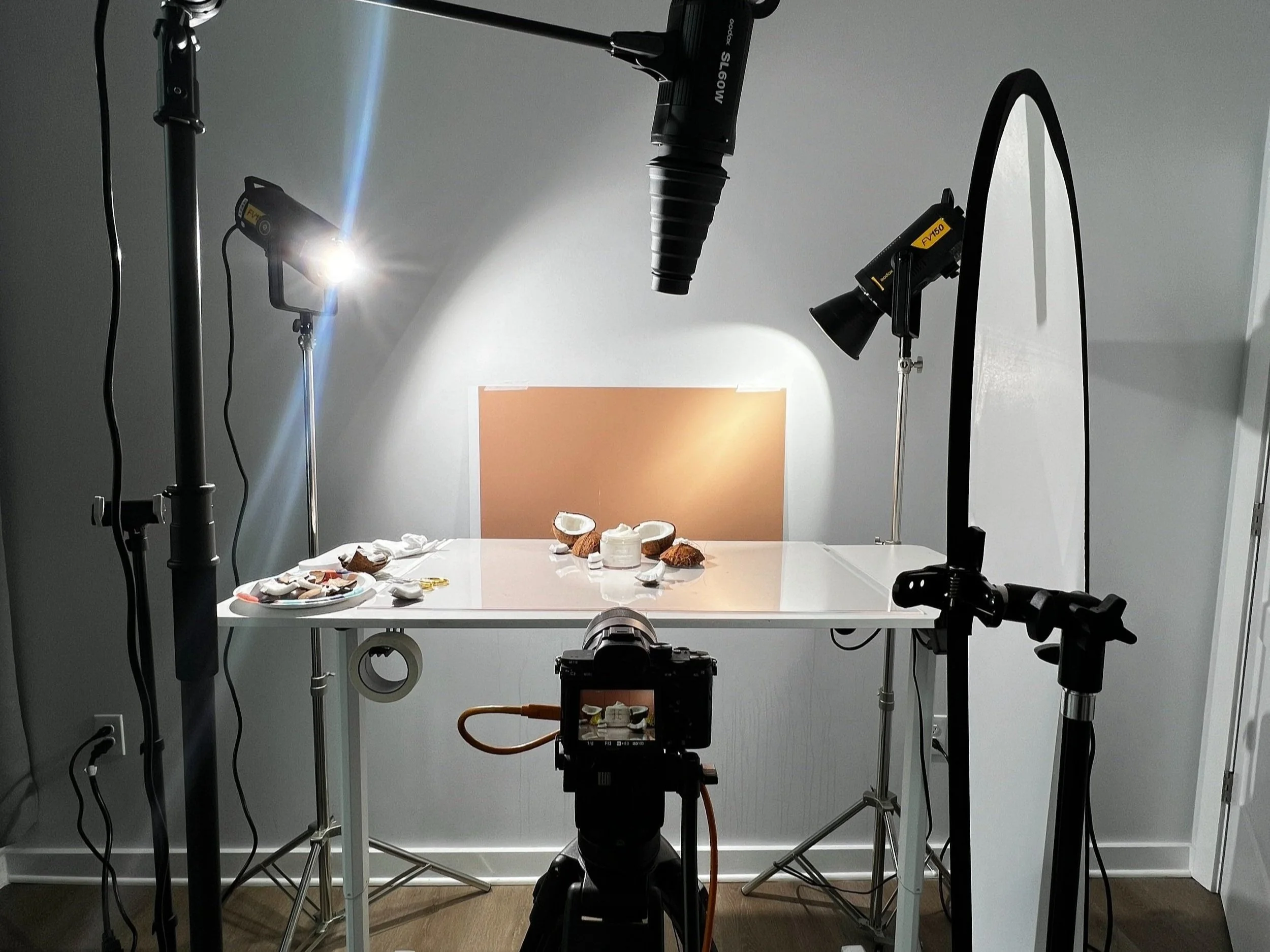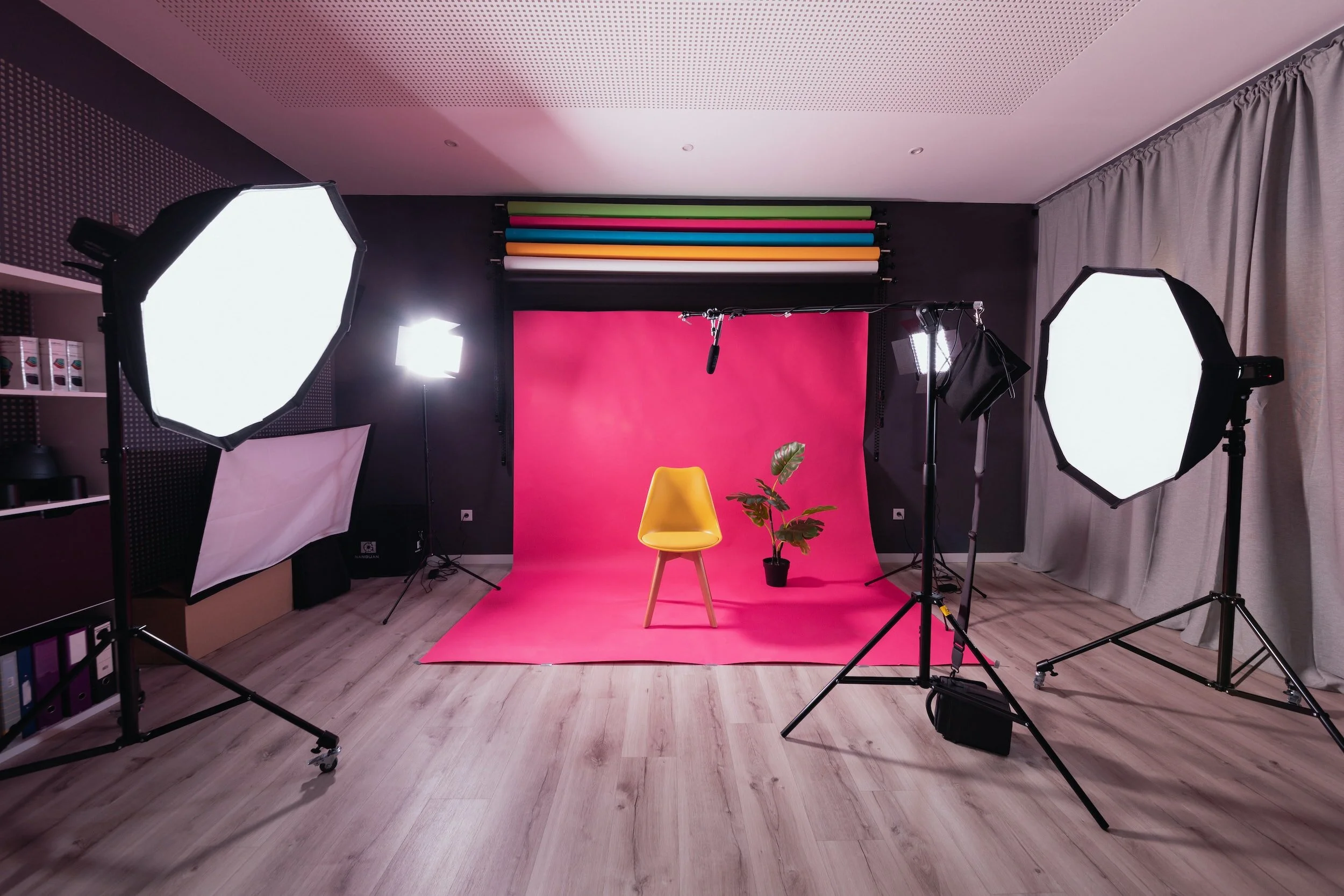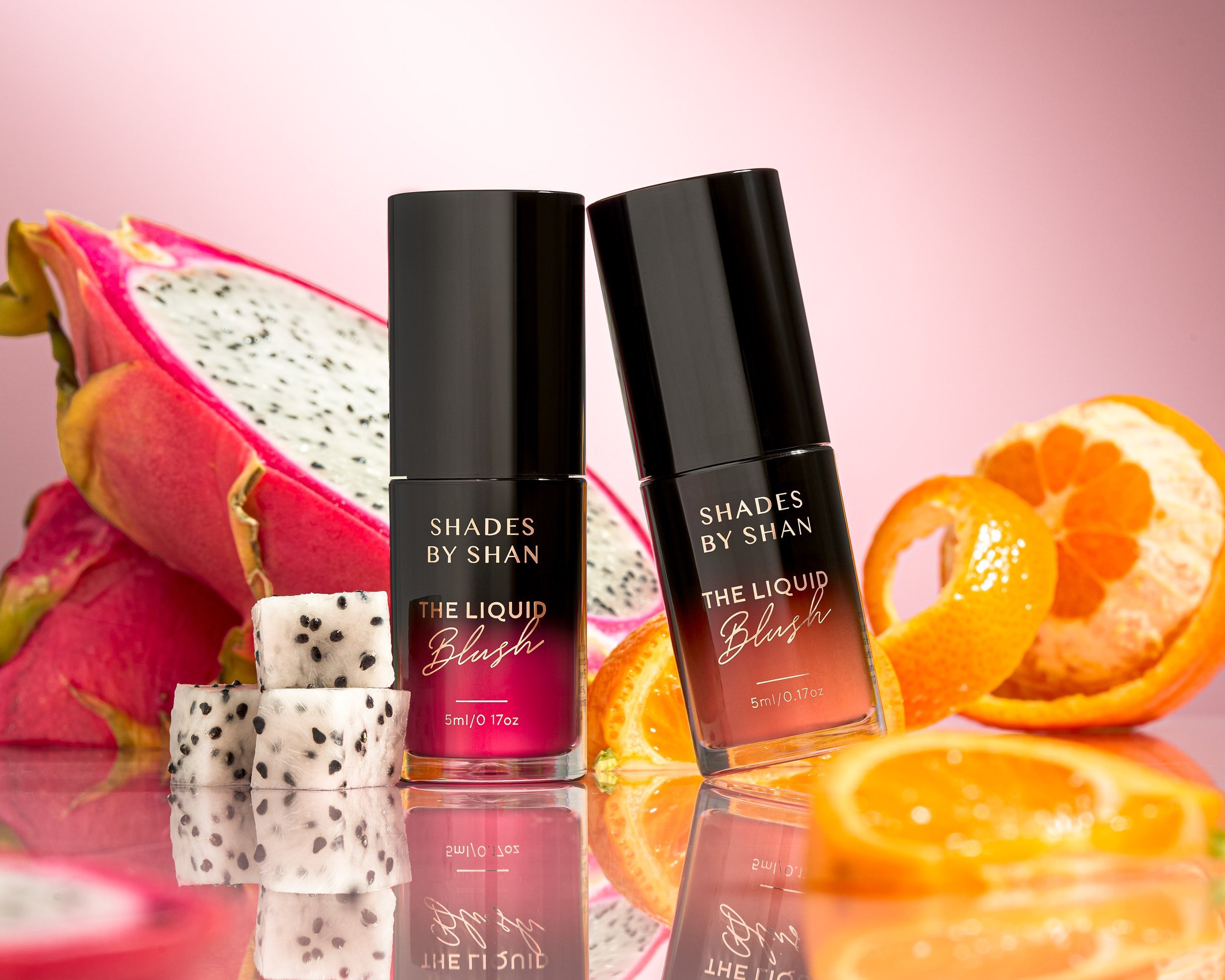The Ultimate Guide to Product Photography Backdrops
Types of Product Photography Backdrops
When it comes to product photography backdrops, there is a wide variety of options available. Each type of backdrop offers unique characteristics and features that can enhance your product images. Here are some common types of product photography backdrops:
Vinyl backdrops
Seamless paper backdrops
Textured Backdrops
DIY Backdrops
Vinyl Backdrops
Vinyl backdrops are waterproof, portable, and easy to store making them a popular choice for product photography. They come in various patterns, textures, and designs, allowing you to add visual interest and depth to your images. Because they are easy to clean, vinyl backdrops are simply the best choice for messy or liquid-based product shoots.
Club Backdrops
100+ premade styles
Order custom colors & patterns
Size: 60 x 90cm & 90 x 123cm
Price range: $24-$63 each
Up to 20% off with every order!
Click the button below to get a free backdrop on your first order!
Everyday Co.
Trendy pre-made designs
Size: 60 x 90cm
Price: $64.99 each
Get 20% OFF your first order with code “MAINSTREAM”!
Free Masterclass
Learn how to build a product photography portfolio
Seamless Paper Backdrops
Seamless paper backdrops are another popular choice among product photographers due to their versatility. They come in a range of colors and are offered in sizes larger than vinyl backdrops. They provide a smooth, non-reflective surface however, they are more susceptible to damage because they are made from paper.
Savage Universal
Most reputable seamless backdrop companies
Small and huge size options!
Price Range: $29-$423
Textured Backdrops
Textured backdrops add visual interest and depth to your product images. They can be made of materials like wood, brick, or canvas, offering a unique and realistic background for your products. Textured backdrops are often used for showcasing products in a specific context or creating a specific mood.
DIY Backdrops
If you're on a budget or looking for a customized backdrop, you can create your own DIY backdrops. This can involve using materials like fabric, construction paper, wallpaper, or even repurposing everyday items to create a unique background. DIY backdrops offer endless creative possibilities and allow you to personalize your product images.
Setting Up Your Product Photography Backdrop
To create professional-looking product images, it's essential to set up your backdrop correctly. Depending on the type of backdrop you have, secure it vis masking tape, a backdrop stand, or a wall mount. Ensure that it is smooth, wrinkle-free, and properly stretched to create a seamless background. Use clamps or clips to hold the backdrop in place and prevent it from sagging or moving during the photo shoot.
Vinyl Backdrops Setup
Use masking tape to safely secure one backdrop to the wall and another on the table to create a full scene.
Seamless Backdrops Setup
Seamless backdrops are made with a hole in the center of the tube to allow you to easily slide it onto a backdrop stand. You can then use masking tape or clamps to secure the bottom to a table or floor.
Proper Storage and Organization
When not in use, store your backdrops in a clean, dry, and dust-free environment. Roll or fold them neatly to avoid creases and keep them in protective cases or tubes to prevent damage. Label each backdrop to easily identify them and maintain an organized collection.
Vinyl Backdrop Storage
A fantastic budget-friendly storage option for vinyl backdrops is a rolling clothing rack. We use pant clamp hangers to secure the backdrops and hang them on the rack. It’s important to choose a hanger with a felt lining or something similar to ensure that the backdrops will not be damaged while stored away.
Seamless Backdrops Storage
A sturdy backdrop storage rack is the best way to secure and organize your seamless backdrops.
FAQs
What is the best backdrop for product photography?
The best backdrop depends on the specific product and desired aesthetic. Neutral colors like white, gray, and black are versatile options. Consider the product's colors, textures, and the mood you want to convey.
Can I use a plain wall as a backdrop?
Yes, a plain wall can serve as a backdrop, especially if it complements your product and provides a clean background. However, it's essential to ensure the wall is well-lit and free from distractions.
Are fabric backdrops easy to clean?
Fabric backdrops require extra care when it comes to cleaning. Depending on the material, you may need to spot clean or gently hand wash them. Follow the manufacturer's instructions for proper maintenance.
How do I achieve consistent lighting with different backdrops?
Consistent lighting can be achieved by setting up your lighting equipment in a controlled environment. Use diffusers, reflectors, and light meters to maintain consistent lighting across different backdrops.
Can I use natural light instead of artificial lighting for product photography?
Yes, natural light can be used for product photography, especially if you have access to a well-lit area with diffused sunlight. However, natural light can be inconsistent, so you may need additional equipment to control and supplement the lighting as needed.

